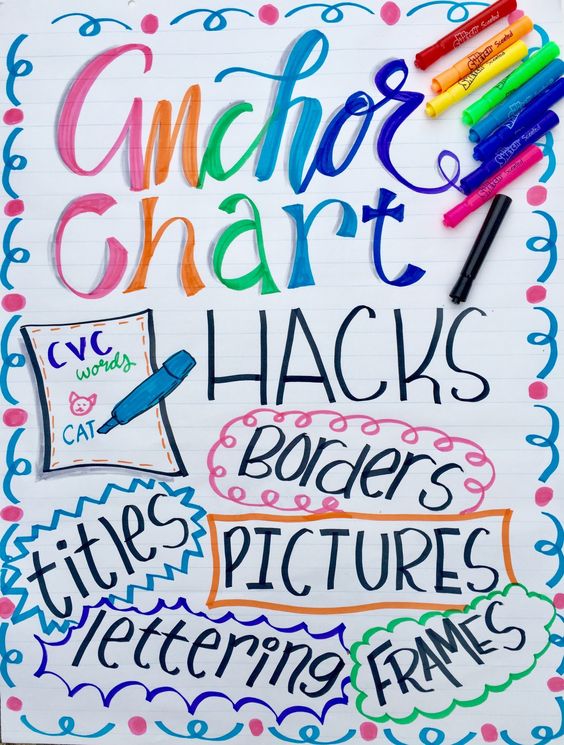Introduction
Nonfiction anchor charts are essential tools for effectively teaching students how to comprehend, analyze, and engage with nonfiction texts. These visual aids help break down complex ideas into simple, easy-to-understand concepts that students can use as a reference when discussing or writing about nonfiction. In this article, we explore 18 nonfiction anchor charts that can be used throughout your classroom to promote deeper understanding and engagement with nonfiction texts.
1. Text Features Chart
This chart showcases the various features that students should be looking for in nonfiction texts like headings, subheadings, captions, and sidebars. This visual guide helps students understand how to navigate through the pages and find important information quickly.
2. Nonfiction vs. Fiction
This chart is designed to help students differentiate between nonfiction and fiction texts by listing their unique characteristics side by side.
3. Main Idea and Supporting Details
A chart that demonstrates the relationship between a text’s main idea and its supporting details to help students practicing identifying these key components in the text.
4. Fact or Opinion
This anchor chart offers clear examples to help students distinguish between fact and opinion in nonfiction texts.
5. KWL Chart (Know-Want-Learn)
An important tool for activating background knowledge before reading, the KWL chart prompts students to consider what they already know about the topic, what they hope to learn, and encourages them to reflect on what they learned once finishing the text.
6. Author’s Purpose
A guide for identifying an author’s purpose in a text – whether it is to inform, entertain, persuade, or express an opinion.
7. Cause and Effect Relationships
A demonstration of how certain events lead to specific outcomes will teach your students how to track how information flows within a nonfiction text.
8. Compare and Contrast
This chart provides a framework for comparing and contrasting two different topics and guides students in identifying similarities and differences.
9. 5 W’s & H (Who, What, When, Where, Why, How)
A reference guide for finding answers to crucial questions within a nonfiction text.
10. Making Inferences
This anchor chart assists students in interpreting information from the text that isn’t explicitly stated to make educated guesses about the topic.
11. Sequence of Events
A chart teaching students to identify the order of events or steps in nonfiction texts.
12. Reading Response Chart
A prompt for students to reflect on their reading experiences and develop connections between the text and themselves.
13. Text Structure
This visual aid teaches the various structures of nonfiction texts and helps prepare students to understand and analyze them more effectively.
14. Vocabulary Strategy Guide
A helpful chart listing different strategies to find the meaning of unknown words in a nonfiction text.
15. Summarizing
This anchor chart helps students practice condensing large amounts of information into concise summaries.
16. Note-taking Strategies
An essential tool for teaching the importance of taking effective notes while reading nonfiction texts and reviewing them later for deeper understanding.
17. Primary vs. Secondary Sources
A visual guide distinguishing between primary sources (original documents or firsthand accounts) and secondary sources (interpretations or analyses of primary material).
18. Making Connections
An anchor chart designed to help students establish connections between text and their personal experiences, other texts, or the world around them.
Conclusion
Nonfiction anchor charts serve as valuable tools when teaching students to successfully navigate, analyze, and engage with informational texts. Incorporate these 18 ideas into your lesson plans to promote increased nonfiction comprehension and critical thinking skills among your students.


